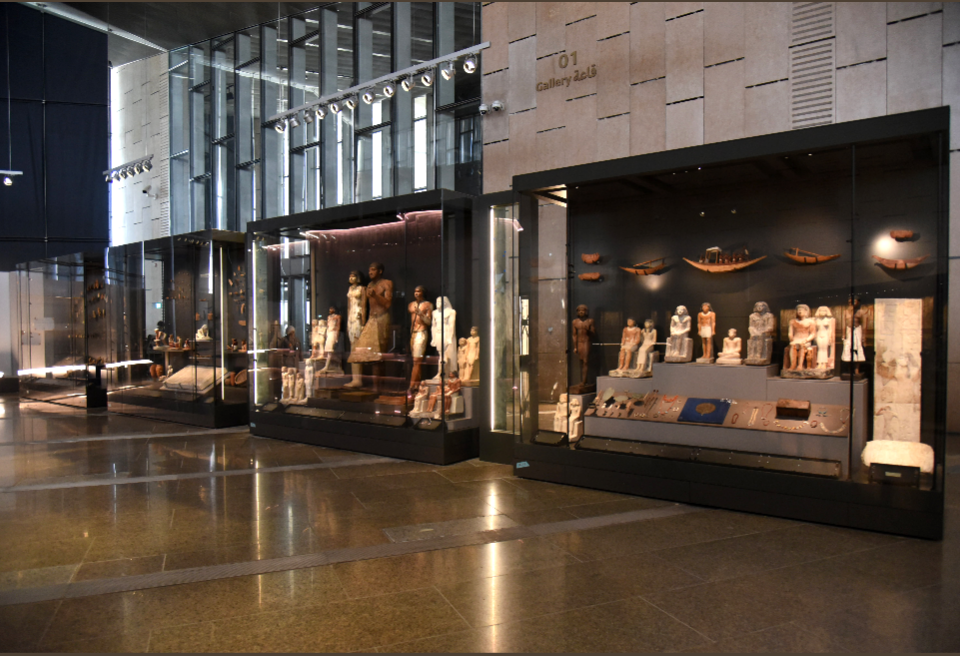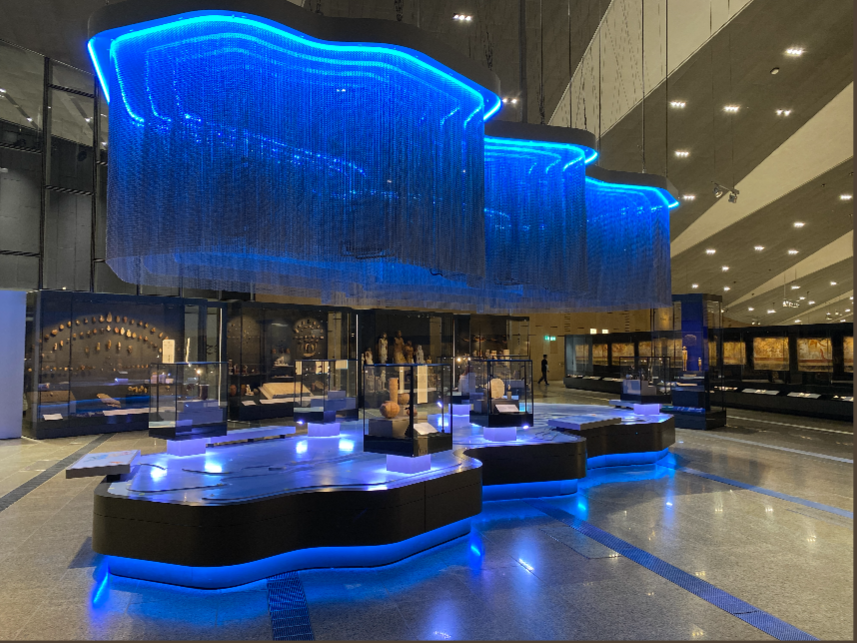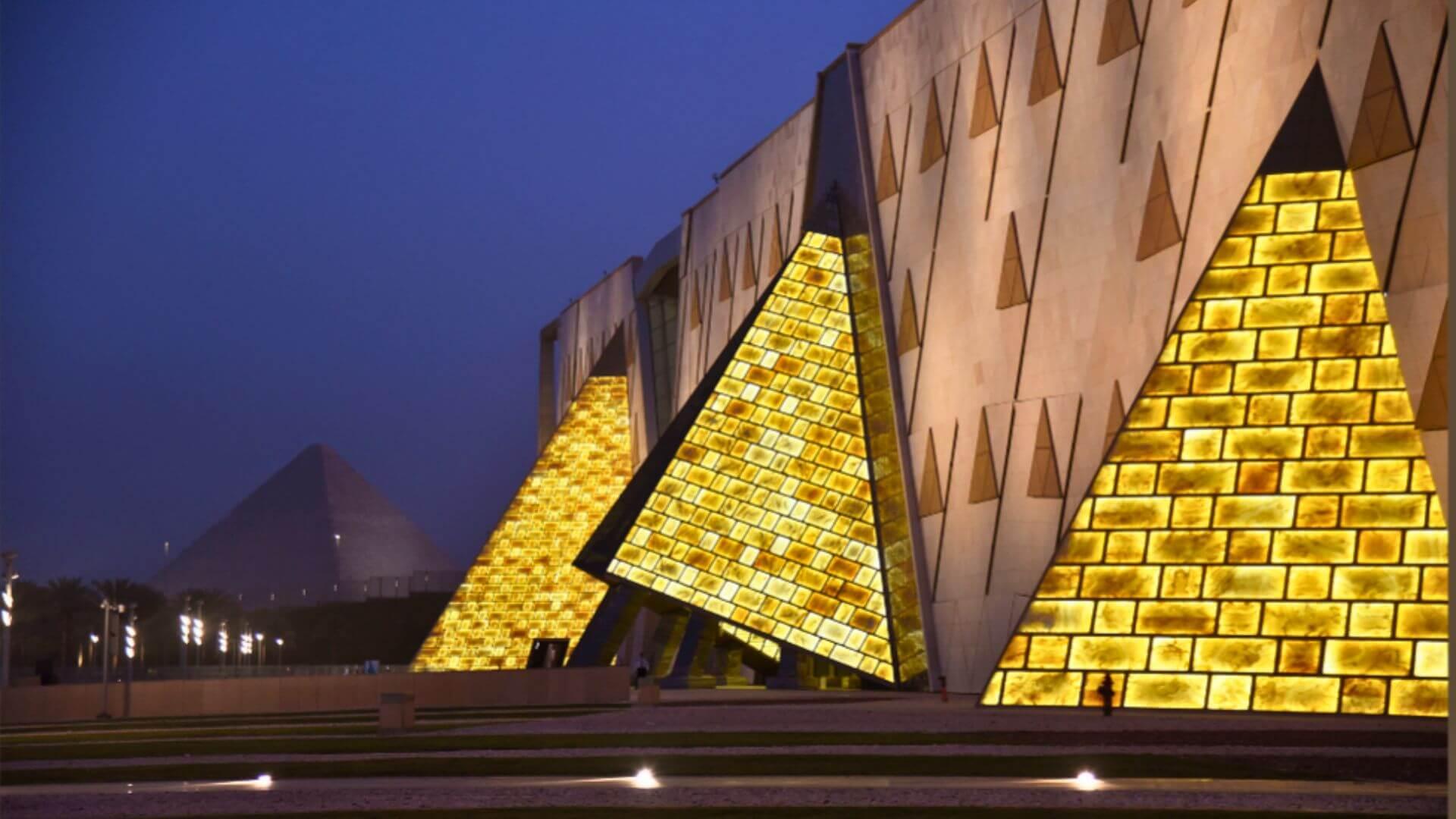After two decades of anticipation, Egypt has unveiled the Grand Egyptian Museum—the world’s largest archaeological complex—featuring 100,000 artifacts, including the complete treasures of King Tutankhamun. The landmark near the Giza Pyramids marks a new era for Egypt’s heritage and African cultural leadership.
Egypt has officially opened the long-awaited Grand Egyptian Museum (GEM), which is being hailed as the world’s largest archaeological complex.
Located near the Giza Pyramids, this $1 billion project—over two decades in the making—marks a significant milestone in Egypt’s efforts to preserve its ancient legacy and revitalize its tourism economy, according to reports from Reuters, BBC, and Al Jazeera.
The museum spans more than 5 million square feet and showcases over 100,000 artifacts across 12 expansive halls. One of its most remarkable features is the complete collection from King Tutankhamun’s tomb—approximately 5,000 pieces—displayed together for the first time since their discovery by Howard Carter in 1922.


As visitors enter the GEM, they are greeted by a colossal granite statue of Ramses II, and they ascend a grand staircase lined with statues of ancient pharaohs, culminating in breathtaking views of the Giza Plateau.
President Abdel Fattah el-Sisi hailed the museum as a blend of “ancient brilliance and modern vision.” Designed by Ireland’s Heneghan Peng Architects, GEM’s alabaster façade and hieroglyphic motifs reflect both the enduring spirit of Egypt’s civilization and its forward-looking identity.
The government hopes the opening will reenergize tourism—a sector that has faced downturns amid political upheaval, the COVID-19 pandemic, and regional unrest over the past decade.
Dr. Zahi Hawass, Egypt’s former Minister of Antiquities, called the museum’s opening “a dream fulfilled,” adding, “This museum demonstrates that Egyptians are equals to foreign Egyptologists in excavation and museum curation,” as quoted by the BBC.
Egyptians took to social media to celebrate the moment, expressing national pride in seeing their heritage preserved and presented in such an iconic space. Many described the GEM as “a new era for Egypt’s identity.”
Cultural leaders and institutions across Africa, including the African Union, praised GEM’s launch as a symbol of renewed continental heritage.
The opening also reignited global conversations about the repatriation of African artifacts, including the Rosetta Stone, currently housed in the British Museum.
Context & Significance
The Grand Egyptian Museum succeeds the historic Egyptian Museum in downtown Cairo as the country’s flagship cultural institution. First conceptualized in the early 1990s, its completion endured delays linked to the 2011 Arab Spring and subsequent financial challenges.
Located just two kilometers from the Giza Pyramid Complex, GEM serves as both a national and Pan-African testament to cultural preservation.
Experts note that GEM is “the largest museum in the world dedicated to a single civilization,” setting a precedent for how African nations can design modern institutions that honor indigenous history while promoting education and conservation.
The museum’s advanced conservation labs and training programs are expected to support museum professionals from across the continent.
What’s Next
Officials expect GEM to attract more than five million visitors annually, with rotating exhibitions and collaborations planned with major international museums.
The Egyptian government has also announced plans to host annual African cultural summits at the site, establishing GEM as a continental hub for heritage diplomacy and creative exchange. Analysts say its success could inspire similar large-scale cultural projects across Africa.
Leave a comment
Your email address will not be published. Required fields are marked *




